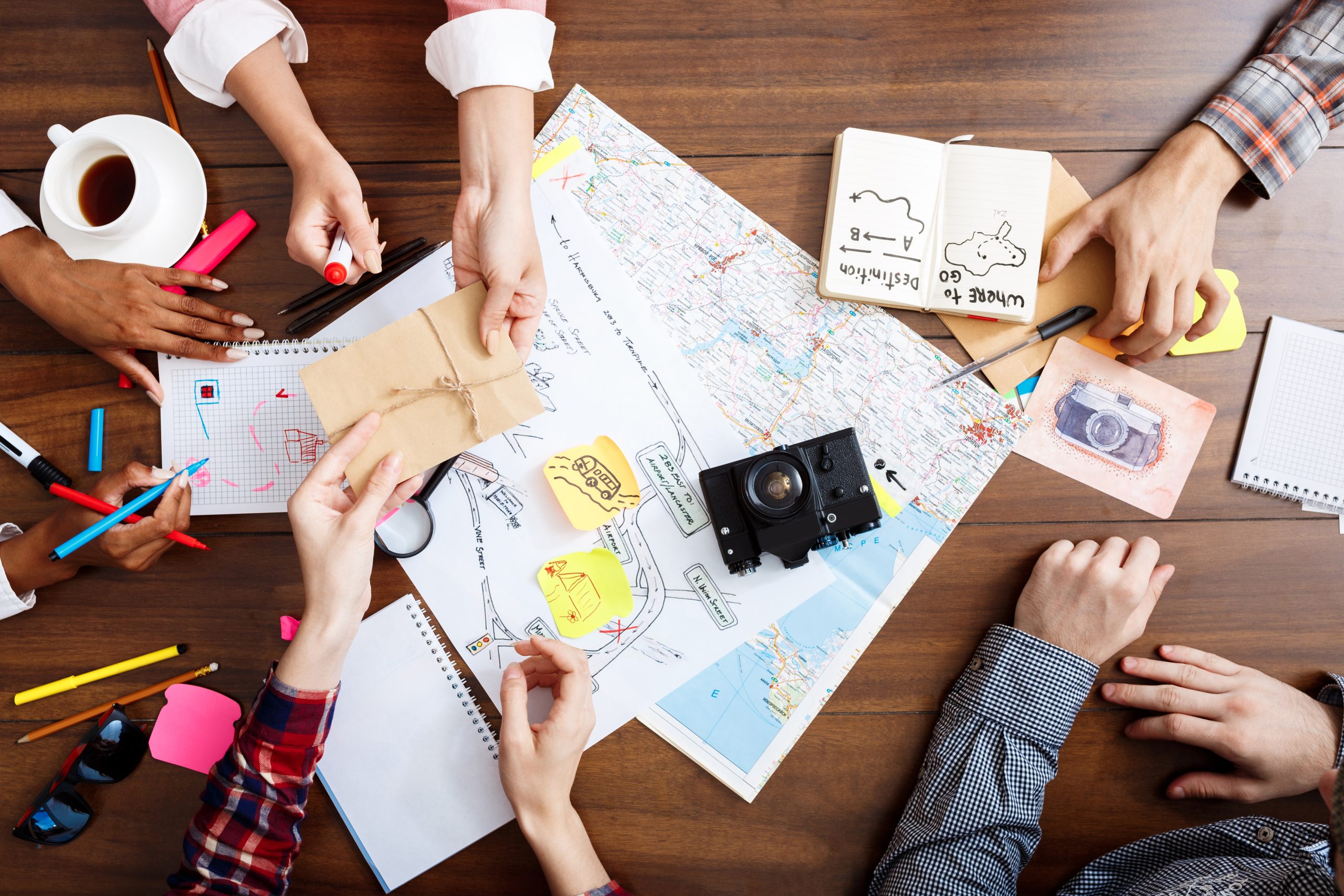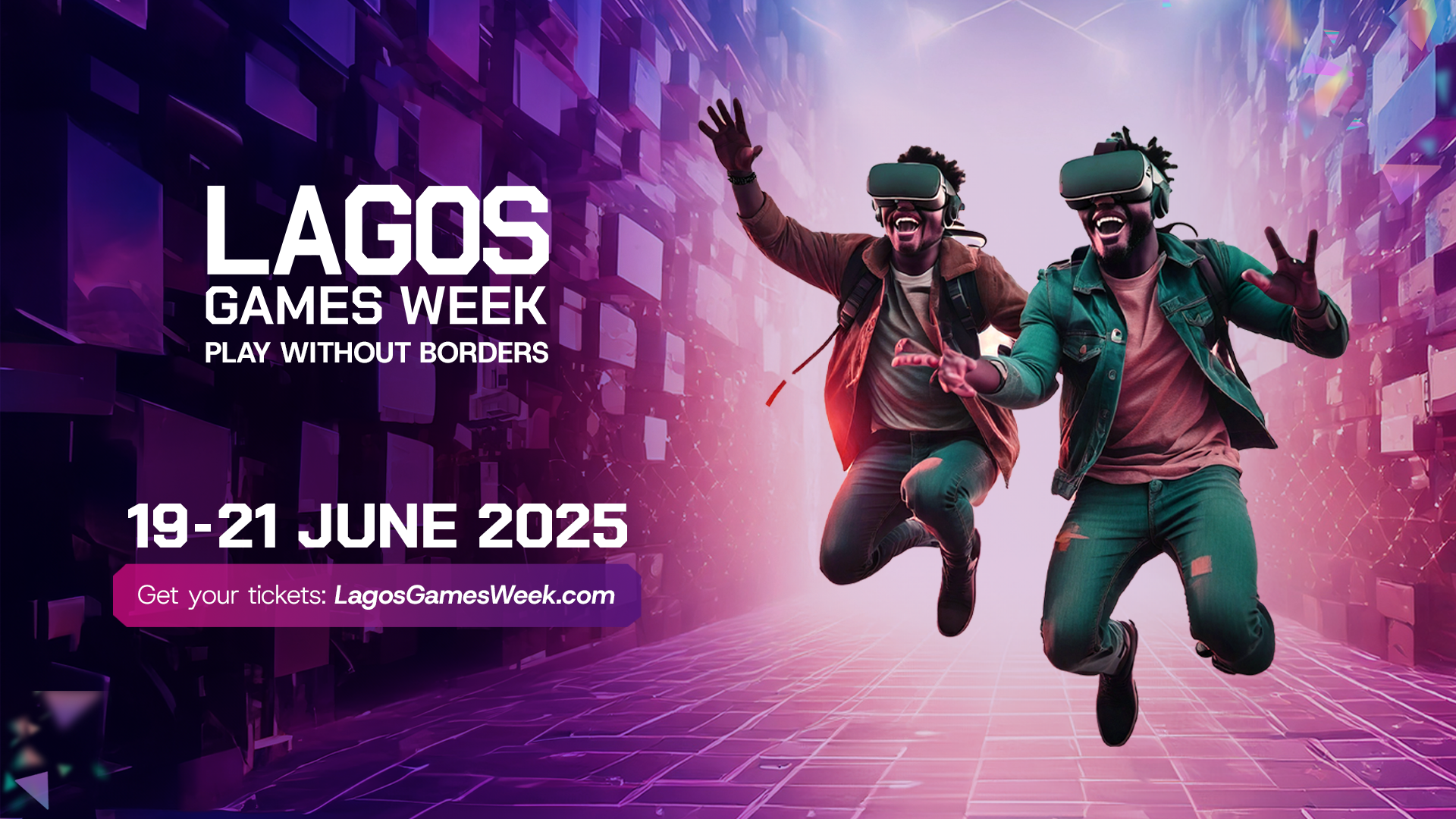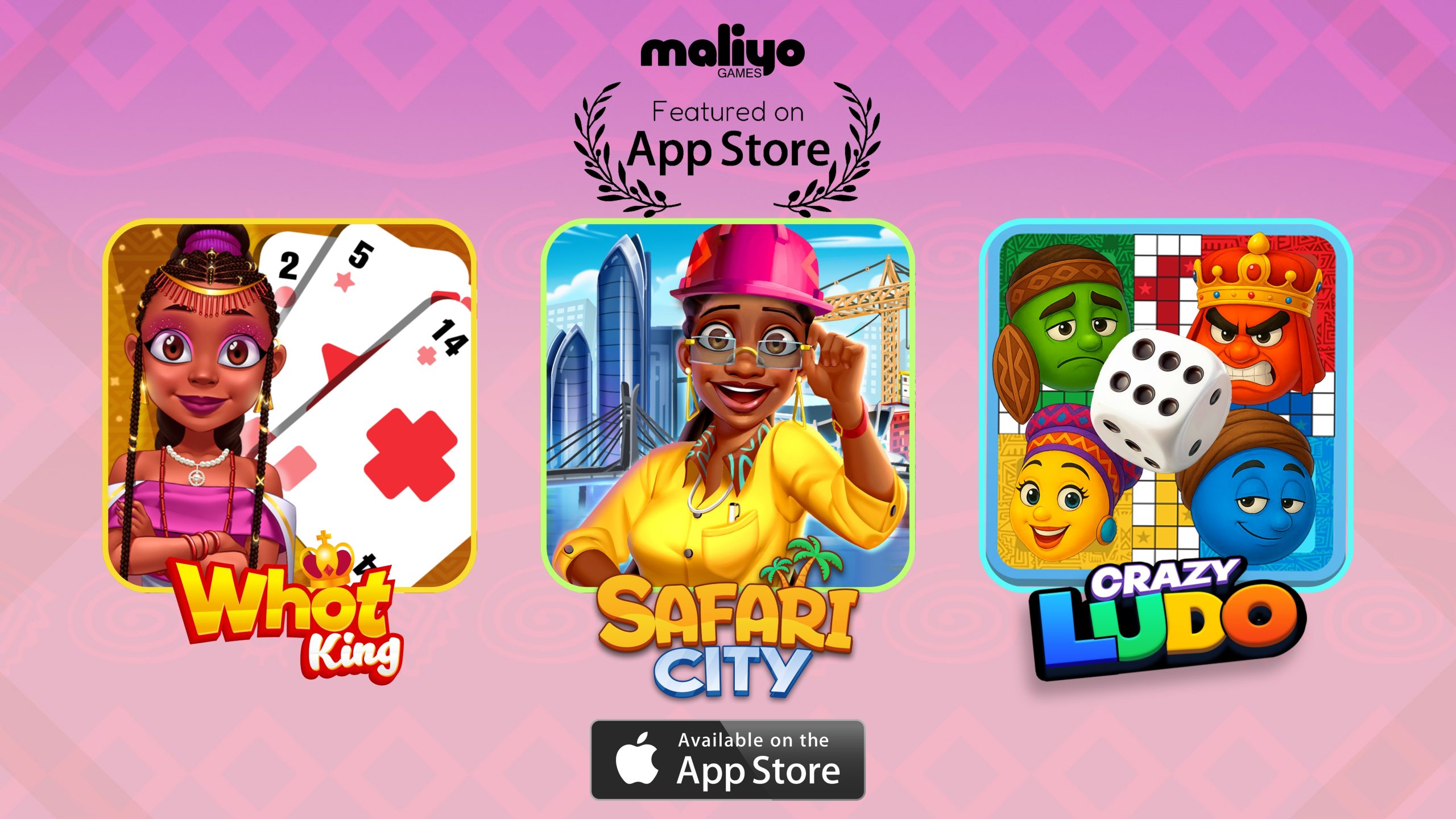Paper prototyping is an essential part of the game development process that helps identify and solve problems early on. In this article, we will explore the importance of paper prototyping and provide you with a comprehensive guide to creating a paper prototype. The article is inspired by the Q&A session that we had with a South African game studio.
The Importance of Paper Prototyping
Paper prototyping is exactly what it sounds like. Combining the use of simple materials to create an approximate, playable version of your game idea, this method allows game-makers to quickly test how rules and mechanics interact, without worrying too much about visuals or code. Paper prototypes can be created quickly and inexpensively, making it easier to iterate and refine game design. Paper prototyping allows game designers to experiment with different gameplay mechanics, game systems, and UI layouts, thus ensuring that the final product is engaging and fun to play.

How to Create a Paper Prototype
To create a paper prototype, you need a few basic materials such as paper, scissors, and glue. Start by sketching out the basic layout of the game on paper, including any game systems or mechanics that need to be tested. Cut out the individual pieces of information needed to deliver to the player onto pieces of paper and then shuffle them around to identify common things and group them together. Make a big rectangle to symbolize the size of your screen, and then add the individual pieces of information needed to deliver to the player onto pieces of paper.
Paper Prototyping in Action
Nintendo’s The Legend of Zelda: Breath of the Wild provides a great example of the power of paper prototyping in game design. The game’s developers faced the daunting task of creating a massive open-world game with countless places to explore and things to do. To tackle this challenge, they started with a set of cards that listed cool things players would be interested in seeing and doing in the game. They then designed the game’s terrain so that every location had at least 3-5 of these cool things visible from it. This approach ensured that players would always have something to explore and stay engaged with the game.
Paper prototyping is a valuable tool in game design, particularly for event-based things that designers want to modify in detail. Cards, in particular, are a great resource for this kind of prototyping, as they provide the ability to shuffle and create random outcomes, as well as a sense of progression as players move through the deck. Additionally, cards can feature two sides, allowing for the inclusion of both general and specific information. This dynamic of control can be particularly useful for game mechanics.




